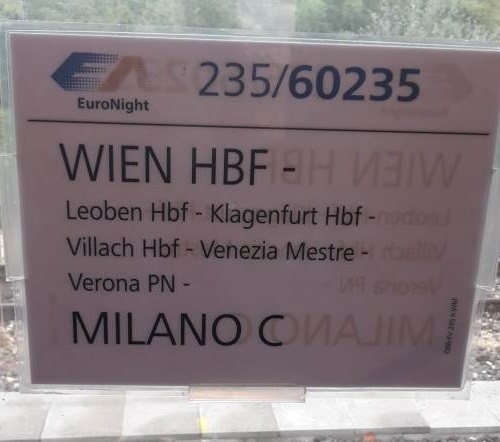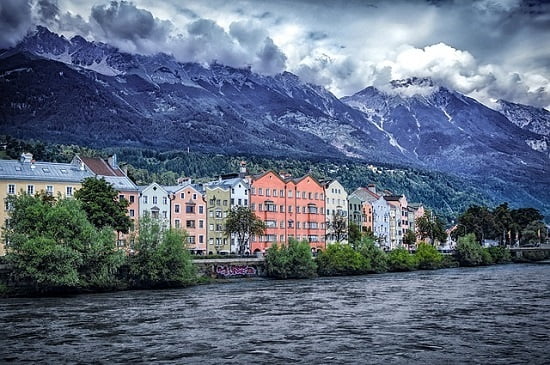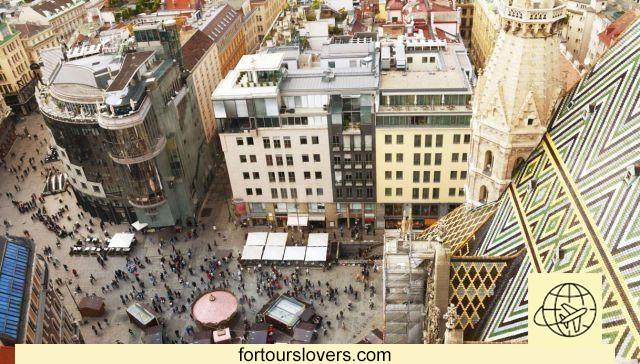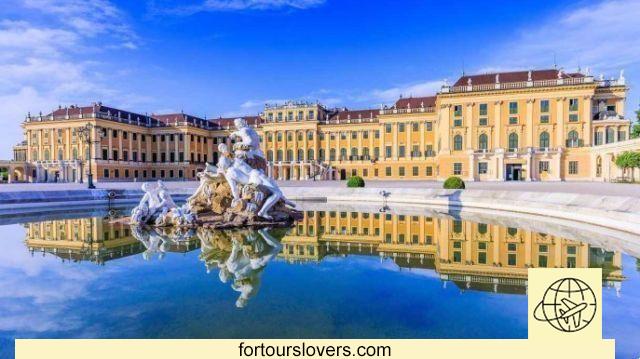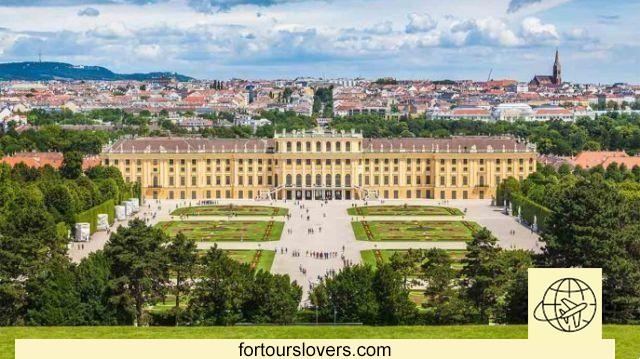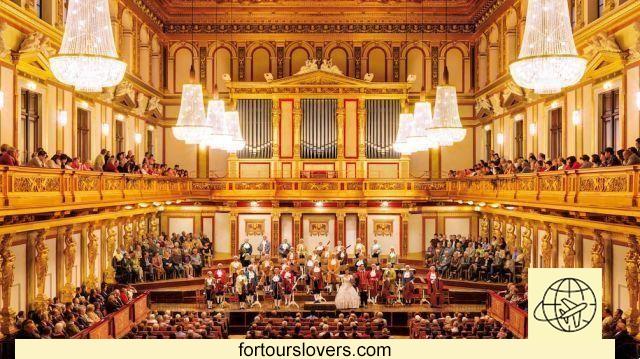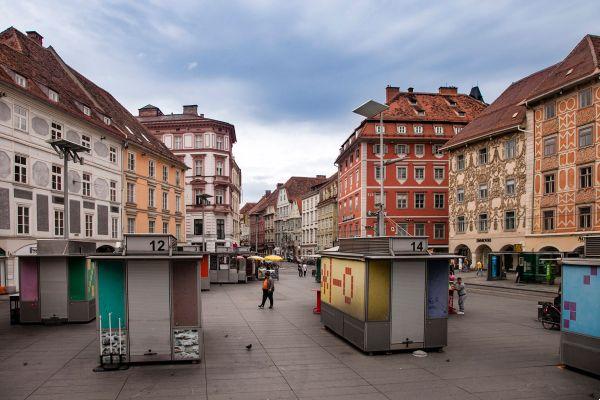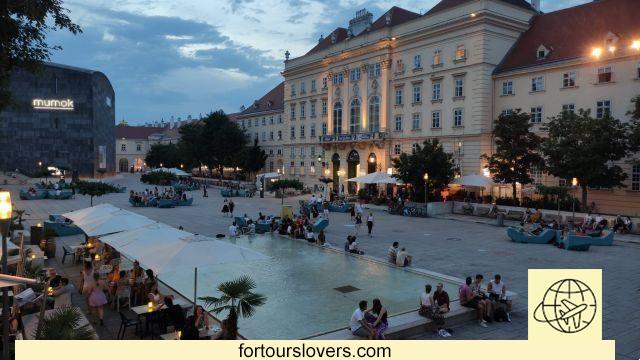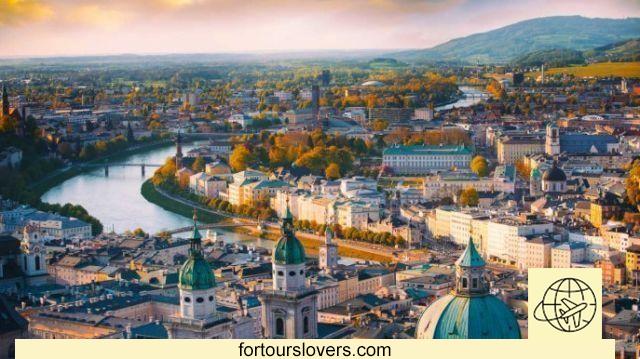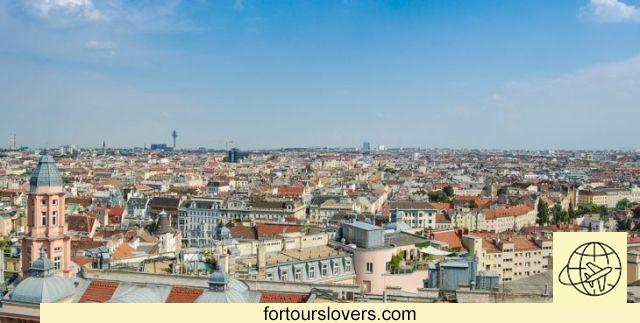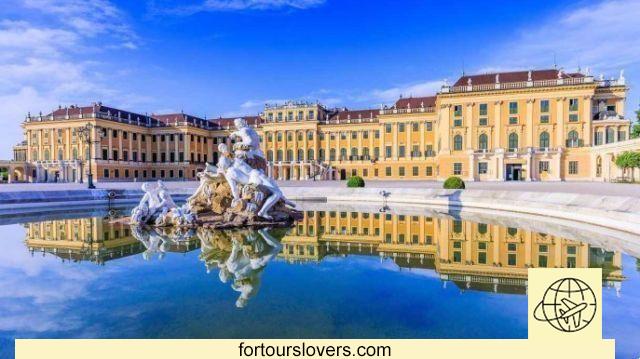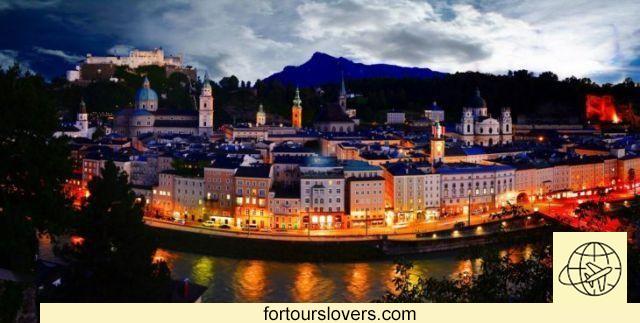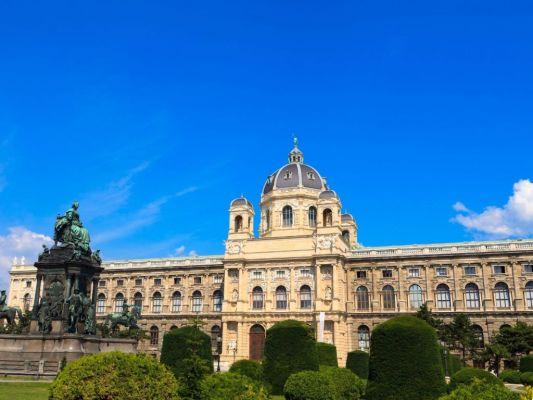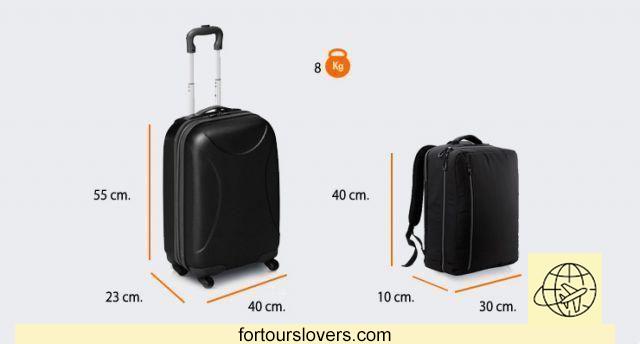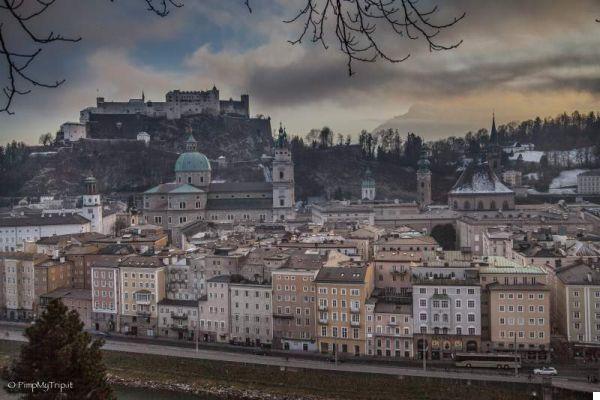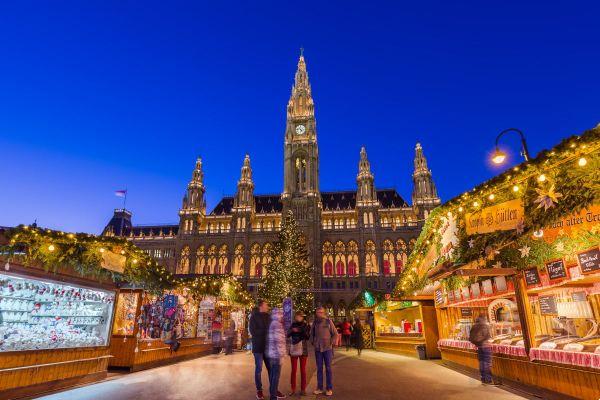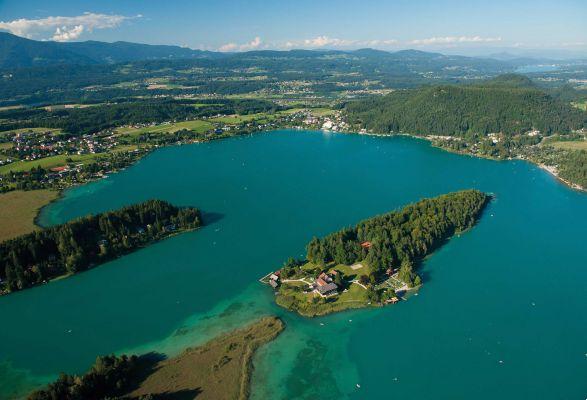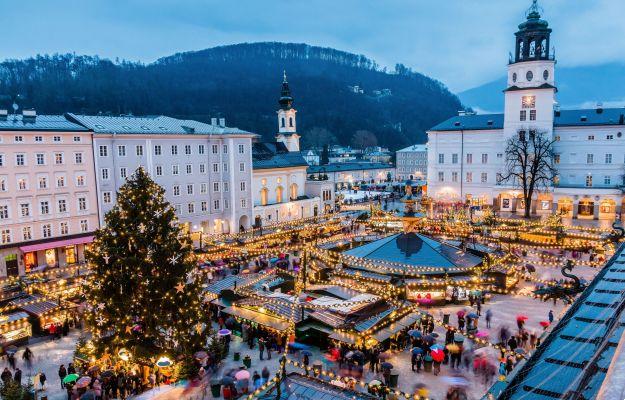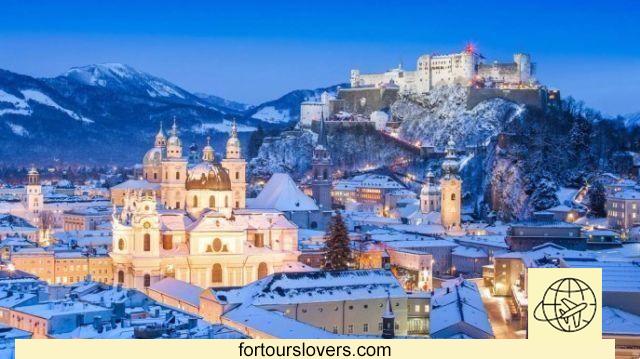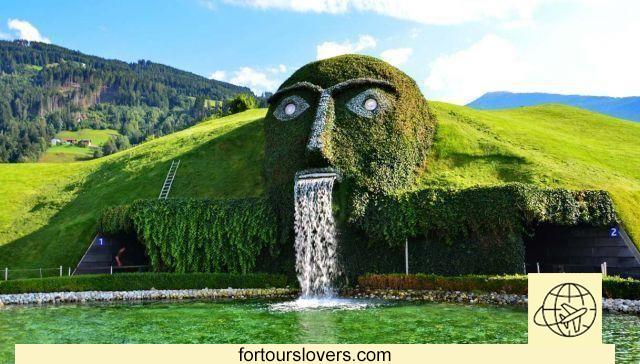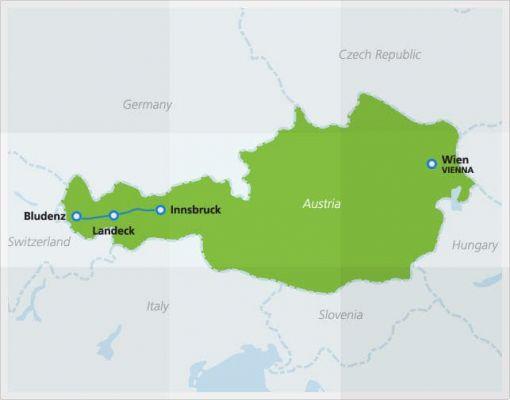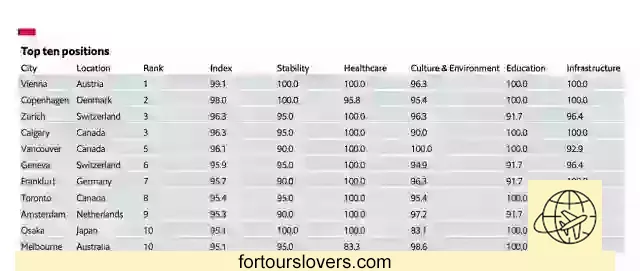
The Vienna guide helps you discover the cultural and natural attractions of the capital of Austria, once a major European city. This is where to start
La vienna guide It is essential to introduce tourists to the discovery of the majestic buildings located in the heart of Austria. An important element of Vienna is its size. Unlike many other European capitals, Vienna is spread over a territory of suns. 415 kilometros squares and, therefore, it is one of the smallest capitals not only in Europe but in the entire world. Its size favors many of its aspects. For example, you can easily reach a remote part of the city in a relatively short time. Its smallness is also a positive aspect when driving in Vienna. Several historical and artistic monuments are located in a relatively small space and can be reached simply by walking. Its infrastructure is very well developed and various services are offered to travelers within Vienna.
All of this has contributed to the growth of Vienna's reputation as one of the most comfortable cities in the world. Suffice it to say that Vienna has only recently been included in the The 10 most livable cities in the world, along with metropolises such as Vancouver, Toronto, Hamburg, etc. Evidently, most of the highly significant historical sites within the borders of this city date back to the Habsburg imperial period. The great monuments, the Viennese streets, the historical and artistic museums, as well as the examples ofclassical architecture and baroque are all attractions that you should visit during your stay in the capital of Austria. However, one must always remember that Vienna is a very popular destination among tourists.
Approximately 415 people live in the 1.600.000 kilometers of area that covers the administrative center of Austria. So the population density per square kilometer is very large, which is perhaps the only problem of this wonderful city. The Viennese administrative bodies are very welcoming to tourists and there are many spaces within the capital. reserved for rest. As for eating or sleeping in Vienna, there are no special problems. On almost every street there are restaurants, hostels and hotels that serve mainly to accommodate the immense traffic of Viennese tourists. As in other Anglo-Saxon states, celebrities are in fashion here Bed and breakfast. The public transport system is among the best in Europe.
Thanks to this, tourists are greatly facilitated when exploring the city. The capital of Austria is divided into approximately 23 districts and each area has its own peculiarity. Moving from one district to another is actually very easy thanks to the numerous buses, trams, metro and everything else that is made available to travelers. Tourists are also facilitated by the presence of Vienna card, With your purchase you can enjoy significant discounts when entering museums or traveling around Vienna completely free of charge. In addition, there are also many taxis in Vienna and the cost of their services is really balanced compared to the equivalent in some Italian cities. TO vienna guide Without a doubt, it should show tourists the religious attractions of this immense city.
Vienna's churches are among the most majestic in the world. Over the centuries, the city has been the center of religious wars on several occasions due to the Muslims' desire to conquer it and thus pave the way to Rome. When visiting Vienna, it is an absolute must see. St. Stephen's Cathedral (Sephanddom). It is undoubtedly the most important and tallest church in the Austrian capital. Unfortunately, its original appearance has been lost over time due to Napoleonic Wars. This place has witnessed several eras in Vienna's history. In addition to being beautiful on the outside, it is also very well decorated on the inside. If you are not afraid of heights, you can venture up to the church's bell tower, which is approximately 137 meters high. The effort will be a lot, but in the end it will surely be worth it.
Another church that every Vienna guide should illustrate is the Votive Church. The latter is a church built by Francesco-Giuseppe in 1856, after he had been lucky enough to escape an attack. Its style can be defined as neo-Gothic, while inside the Votivkirche there is the altar of Virgin of Guadalupe, one of the largest in the world. When visiting the churches of Vienna you should not forget the Church of St. Charles. Among the most important buildings in Vienna, it is worth remembering the Schloss Schönbrunn Palace, a true symbol of the city. It is an Austrian cultural palace, whose gardens are really very beautiful. And if you are in Vienna, it is a real shame not to admire the Imperial Palace, a huge ancient castle adorned with numerous imperial rooms and open to the public.




